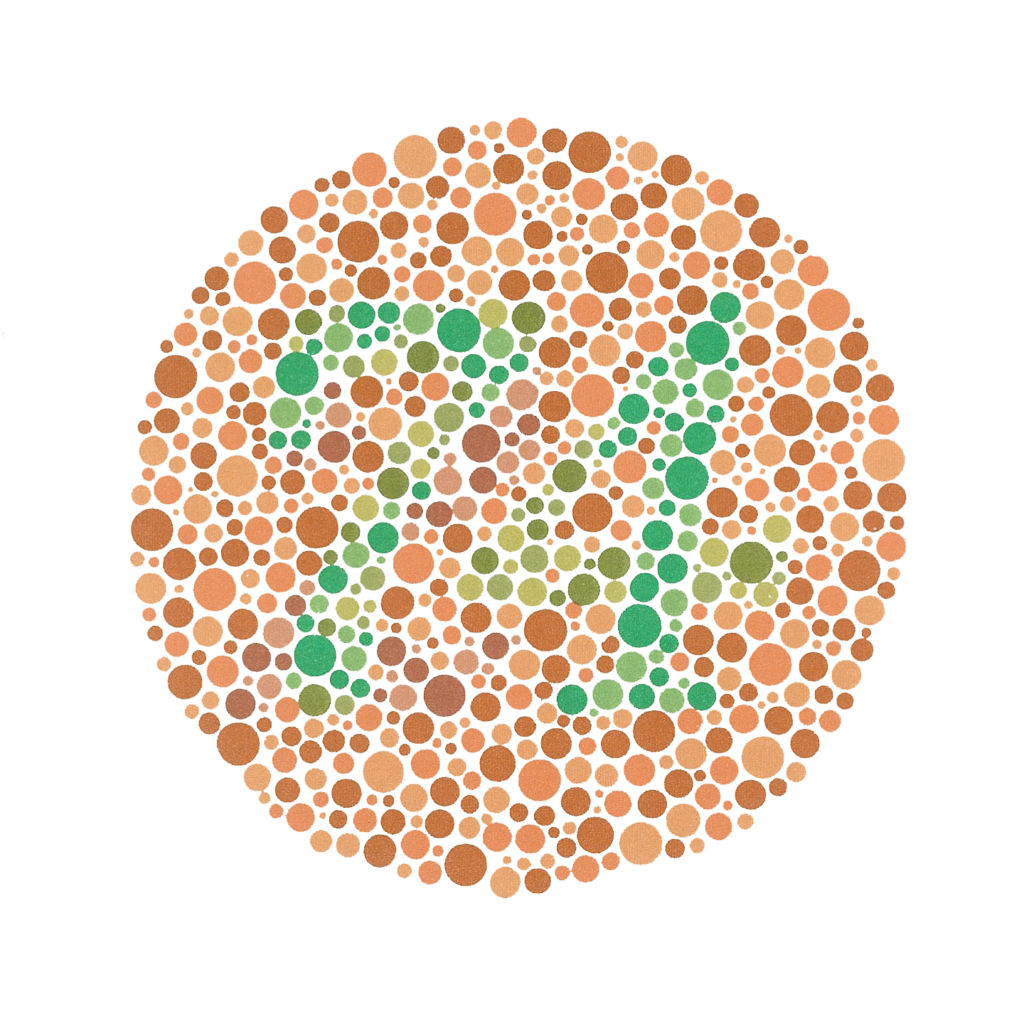It seems like every other day there’s a new thread topping Reddit or BoardGameGeek talking about the intricacies of accessibility in the board game community. This is also, bar none, the most controversial subject in gaming right now. In fact, this very controversy has discouraged me from covering this already.
So let’s talk.

Need help on your board game?
Looking for more resources to help you on your board game design journey?
It’s a simple concept with profound implications. Accessibility affects the size of the font on your cards, the texture of your tokens, the ways you track information in complex games, and how comfortable women feel at your gaming table. For this reason, I’m splitting my definition of accessibility into three categories: physical, mental, and social.
Before I explain what I mean by each of these three categories, I’d like to point out that the nexus for the vast majority of controversy in accessibility of board games is social accessibility. It’s the behemoth concept with which so many people tango on a day-to-day basis on forums and social media. That’s just one small part of overall accessibility, though, and a focus on that alone would be myopic. I reiterate: accessibility is about making games appeal to more people.
Physical Accessibility
A lot of really great games have physical barriers that exclude potential players. Small font is hard to read if your vision is poor. Small pieces are hard to pick up if your hands are shaky (or if you’re just plain clumsy, like me). It’s hard for a lot of people to tell green and red apart. It sucks for physical barriers to prevent people from enjoying games, so we should do what we can to help.

Developers, physical accessibility is often a matter of trade-offs: do what you can do and still meet cost and logistics concerns. Here’s some relatively easy, high-value rules of thumb you can follow:
- Make font as big as you can. I suggest 12-16 pt, but be realistic about what you can achieve. War Co., my own game, uses 9 pt. font in a genre where 6-7 is fairly standard.
- Watch out for color-blindness. If you want to color-code components, add a differentiating symbol or some text as a back-up identifier.
- Make pieces as big as you can. Don’t go below .5 x .5 inch (1.25 x 1.25 cm).
Mental Accessibility
There’s a lot of things that can make it harder to perform the mental functions needed to play games: memory issues, a questionable grasp on English, fatigue, stress, and so on. When we develop games, we need to be mindful about how information is tracked and maintained during the course of the game. “Make sure that you have elegant ways to keep track of different game events, especially if these ways are physical.” Don’t make playing a game harder than it has to be. That unintentionally excludes some people and simply frustrates every one else.

Social Accessibility
This is the form of accessibility where -isms and -phobias come into play: sexism, racism, homophobia, and transphobia. Hell, social accessibility is such a complex issue that it’d take years to disentangle the various ways in which people are scared off of gaming. I generally keep my opinion to myself on social issues, but there’s some things that need to be said. Like it or not, there’s some game groups that scare off everyone who isn’t a very specific kind of person. Read between the lines.
As developers, a concern for social accessibility can show up in a few ways. Games need to be designed with the understanding that they may be played in many cultures where social norms are different. Women are not arbitrary sexualized (borderline NSFW example). For that matter, women are actually depicted every once in a while. When it’s appropriate, depict people who aren’t white or even straight. Accessibility isn’t about shoehorning people into a game where they don’t belong, but it is about showing the world for what it is, in all its complexity. Remember that people like seeing people in games that remind them of themselves.

The second part of social accessibility is trickier: we need to make our game groups more inclusive. Honestly, I don’t have a magical answer to how we do this at a big level. But I know how it starts: you and me treating everyone we meet with basic respect and dignity. Accessibility is about making games for as many people as possible AND making game environments for as many people as possible, too.
Our hobby is getting big, folks. A lot of people are getting into board gaming, so we want to have games and game communities ready for newbies. If you’re interested in learning more, check out Meeple Like Us. It’s a fantastic blog that covers accessibility issues in an academic amount of depth.





3 thoughts on “What is the role of accessibility in the board game community?”